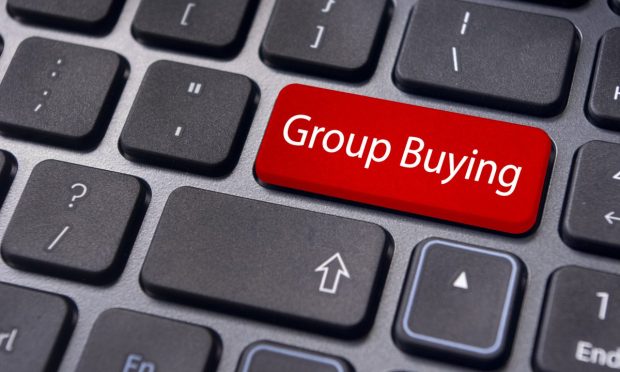Companies Leverage Buying-Group Platforms to Gain Competitive Edge

When companies come together in a group to buy together, they can enjoy better rebates and buy products at a price closer to that paid by their much larger competitors. As a result, there are sectors of the economy in which most of the companies have joined buying groups, group purchasing organizations (GPOs) or co-ops.
“You’re seeing more and more for those industries where it makes a lot of sense and there’s an advantage on buying together so that they get larger rebates,” Greg Dinsdale, president and CEO at LBMX, told PYMNTS. “And there’s a lot of sectors that could do well to drive down that road.”
LBMX serves the needs of those who are on that road by providing business marketplace experiences for buying groups, GPOs and purchasing co-ops. On Jan. 10, the company announced that it had acquired Buying Group Services (BGS), a firm providing managed services to similar organizations.
LBMX provides technology while BGS takes technology, applies it and manages it. Now, when LBMX provides software, it can also provide all the services needed to implement it — setup, arrangement, management and oversight. That saves buying groups from having to implement it themselves.
“This now positions many of those groups that frankly didn’t want the headache of it, to be able to get the reward and advantage,” Dinsdale said. “That’s why we thought this was a really, really good fit for us.”
Enabling Communications Between Systems of Buyers and Sellers
This joins the solutions LBMX already provides for buying groups and their members. Platforms for these groups have significant differences from those for corporate platforms or public platforms.
For one thing, the company provides electronic data interchange (EDI) capability, so that large organizations that are members of buying groups can send purchase orders to suppliers out of their enterprise resource planning (ERP) systems.
“Most of them aren’t going to go to a platform and plug in an order, other than special orders and things,” said Dinsdale.
On top of that, these organizations might be buying from hundreds of suppliers, so a buying group needs a platform that integrates with all of their disparate systems.
“An important part for buying groups and their members is that a significant amount of their economic well-being is based on rebates,” Dinsdale added. “Trying to track the rebates is a significant challenge in this environment.”
Proving Tools to Compete With Larger Organizations
For suppliers selling to the members of a buying group, there are significant productivity improvements and faster payments. These result from the use of electronic purchase orders, invoices and payments — and in some cases, one payment from all the members of the group, rather than 200 individual payments from each.
For the buying group, too, adopting a platform can boost productivity and give members better visibility into each other’s activity, allowing them to make better-informed decisions about purchasing and rebate programs.
For the members of the buying group, the platform delivers the technology they need to better take advantage of the benefits offered by a group — including the ability to buy products at a price similar to, or sometimes better, than that paid by their large corporate competitors.
“The challenge for the independents is, they’re independent, and they don’t have that necessary corporate infrastructure to do things in the most efficient way,” Dinsdale said. “That’s what we try to bring to them — allow them to be independent, but give a sense of infrastructure and technology so they can compete effectively with these larger organizations.”
